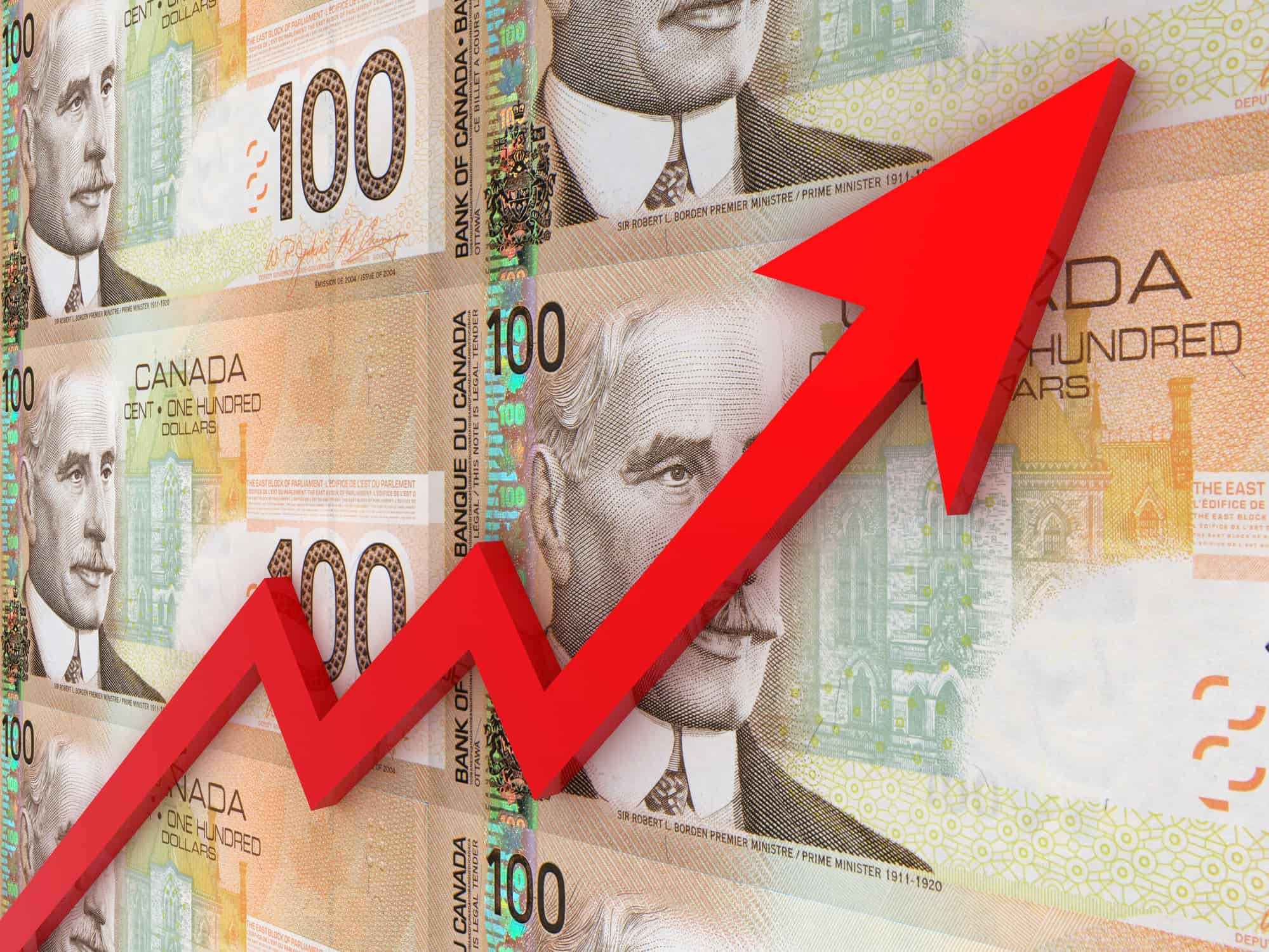Over the last four years, I’ve been saving money and building my passive income. In a recent article, I revealed that my dividend stock and Guaranteed Investment Certificate (GIC) portfolio was paying me $1,255 worth of passive income per year. That’s a decent little income supplement for somebody my age, but I aim to go much higher. Ultimately, I hope to earn enough passive dividend income to retire on. For the near term, I’ve set a goal to hit $2,000 in passive income by the end of 2023. Here’s how I plan to do it.
Step one: Save $1,500/month
In order to get to $2,000 in passive income by the end of 2023, I need to add another $750 to what I’m already getting. To that end, I aim to invest $1,500 per month into the markets. $1,500 per month works out to $18,000 per year. If I invest $18,000 at an average yield of 4.2%, I’ll add $750 per year to my annual passive income. That’s easily achievable if I invest in Canadian banks, energy stocks, and term deposits (i.e., GICs).
I can further increase my passive income through dividend hikes on the stocks I already own, so I do not believe I need to invest every penny of the $18,000 into dividend stocks. If all of the dividend stocks I currently own hike their dividends by 10%, then I only need to add $619.5 in dividends from new investments. That would take $14,750 at a 4.2% yield, leaving me with $3,250 to invest in the non-dividend stocks I like, such as Alibaba and Alphabet.]
Step two: Invest in dividend stocks, bonds, and GICs
Once I have my first $1,500 monthly contribution in place, I’ll begin investing my money in dividend stocks and GICs. So far in January, I have $1,000 put away toward a lump-sum GIC purchase I’ll be making in April. I’m going to stash away money for this purchase until April, because I know that the Bank of Canada still has a few rate hikes up its sleeve. It pays to buy GICs after interest rates have gone up.
Apart from GICs, I’ll continue investing in dividend stocks like Toronto-Dominion Bank (TSX:TD). TD is a bank stock I’ve been buying since 2018. The stock yields about 4.2% today. At one point, in 2020, I bought the stock at a 6% yield.
The dividend has increased twice since then (22% in total). TD, as a bank, actually benefits from the current rising interest rates, rather than being harmed by them like most countries. Additionally, it has deals in the works to buy two U.S. banks, which could collectively add US$1 billion to the bank’s bottom line. TD has a lot of growth drivers going for it at the moment, so it shouldn’t be surprising if it hikes its dividend again in 2023.
Between dividend stocks and GICs, I estimate I’ll be able to hit my income goal with $15,000 invested, leaving about $3,000 to invest in non-dividend stocks I like. I expect to be able to hit both my savings and dividend goals this year barring exceptional circumstances.
Step three: Wait
Once I’ve got my investments made, there’ll be nothing left to do but wait. The nice thing about passive dividend income is that it has the potential to accrue for life. This is different from some “passive-income” opportunities out there, which can be very flash-in-the-pan. Of course, lifetime passive income isn’t guaranteed. But it can happen.








